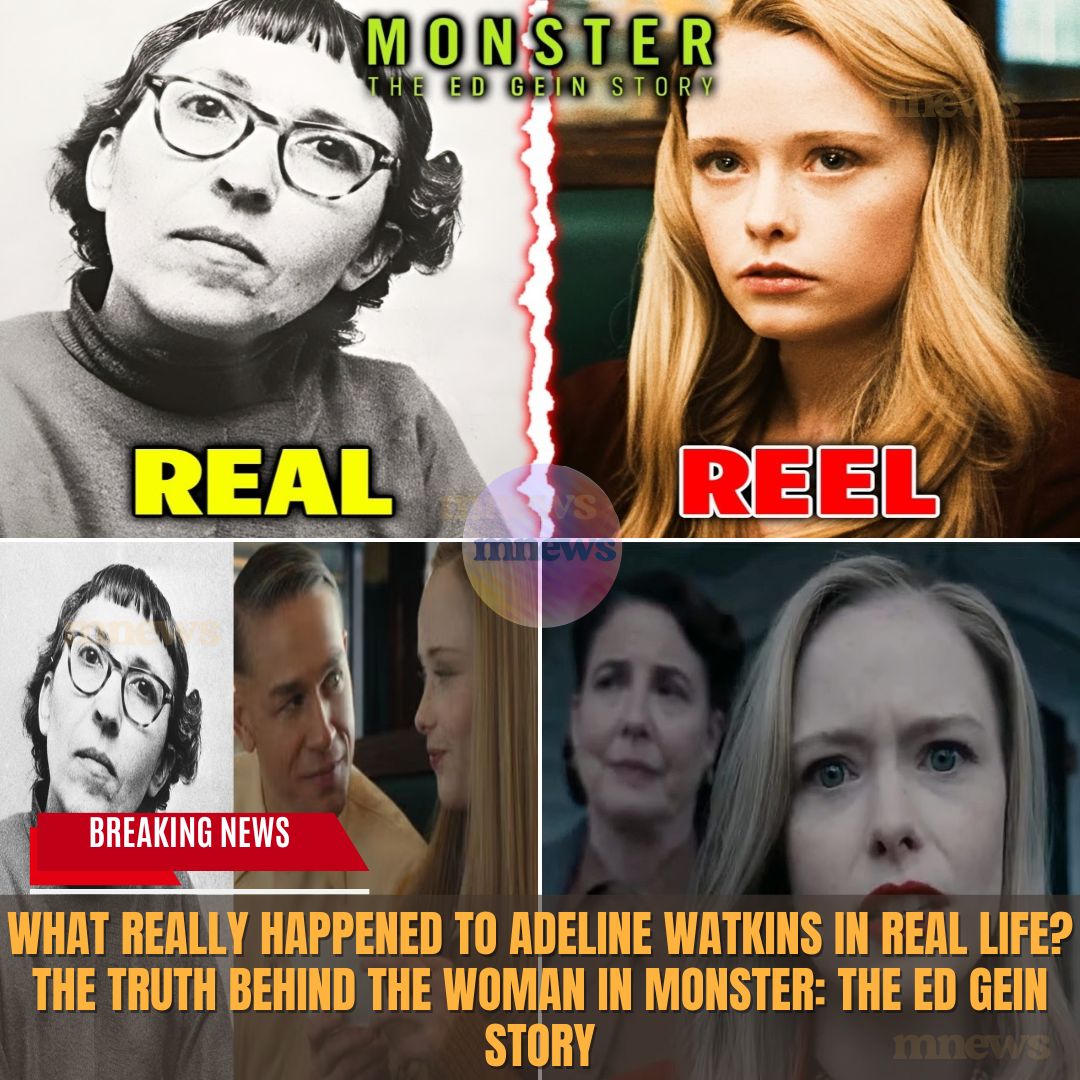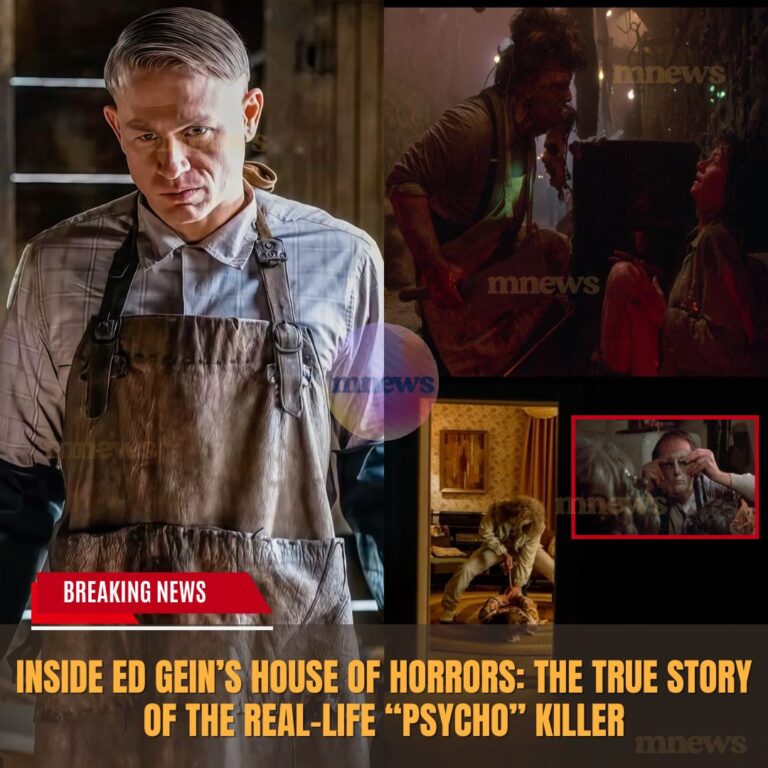In a shocking turn of events, the true story behind Adeline Watkins, once thought to be the romantic partner of infamous killer Ed Gein, has emerged, shattering the sensational narrative that captivated the nation in 1957. The revelations expose a web of media exaggeration and a woman who sought nothing more than a quiet life in the shadow of horror.
In the small farming community of Plainfield, Wisconsin, the arrest of Ed Gein for the murder of local hardware store owner Bernice Warden sent shockwaves through the nation. As details of his gruesome crimes surfaced—skin suits, skull bowls, and furniture made from human remains—an unexpected voice emerged: Adeline Watkins, a 50-year-old woman claiming to have been in a romantic relationship with Gein for two decades. The story she told was as chilling as it was captivating, painting Gein as a misunderstood soul who had shared milkshakes and movie nights with her.
Watkins described their relationship in a November 1957 interview with the Minneapolis Tribune, portraying Gein as a kind-hearted neighbor who would help little old ladies cross the street. This bizarre narrative of love and companionship amidst horror seemed to offer a glimpse into the psyche of a killer, igniting a media frenzy that turned her into a tragic figure. But just weeks later, the whirlwind of attention proved overwhelming, prompting her to retract her statements in a subsequent interview with the Stevens Point Journal.
In a stark contrast to her initial claims, Watkins clarified that their romantic involvement lasted a mere seven months, and even that was sporadic. She stated that Gein was simply a neighbor who occasionally visited for coffee and conversation, dismissing the notion of a deep emotional bond. Most notably, she revealed that she had never set foot in Gein’s house, where the horrifying discoveries were made, effectively dismantling the romanticized narrative that had taken hold.

As the truth unraveled, Watkins faded from the public eye, choosing a life of obscurity over the sensationalism that had briefly engulfed her. She married and settled in Monroe, Wisconsin, living a quiet life until her death in 2003, far removed from the chaos of her past. The absence of any dramatic fallout from her connection to Gein highlights the mundane reality of her existence, contrasting sharply with the twisted romance depicted in popular media.
The Netflix series “Monster: The Ed Gein Story” has further complicated the narrative, presenting a dramatized version of Watkins as Gein’s dark soulmate, embroiled in his crimes. Yet, the creative liberties taken by the show raise questions about the blurred lines between fact and fiction in true crime storytelling. The series suggests a depth of involvement and knowledge on Watkins’ part that is not supported by the historical record.
This saga serves as a cautionary tale about the power of media to shape narratives and the responsibility of audiences to discern fact from fiction. The real Adeline Watkins was not a willing accomplice in horror but rather a woman caught in a whirlwind of sensationalism. As true crime enthusiasts, we must remember that behind the headlines and dramatizations lie real lives, often overshadowed by the darkness of the stories they were unwittingly entwined in.
As we reflect on this chilling chapter of American crime history, it becomes clear that the truth about Adeline Watkins is far more compelling than the fiction spun by the media. She was not a figure of horror but a neighbor who sought to distance herself from the shadows of a killer, ultimately choosing a life of quiet dignity over the limelight of infamy.







